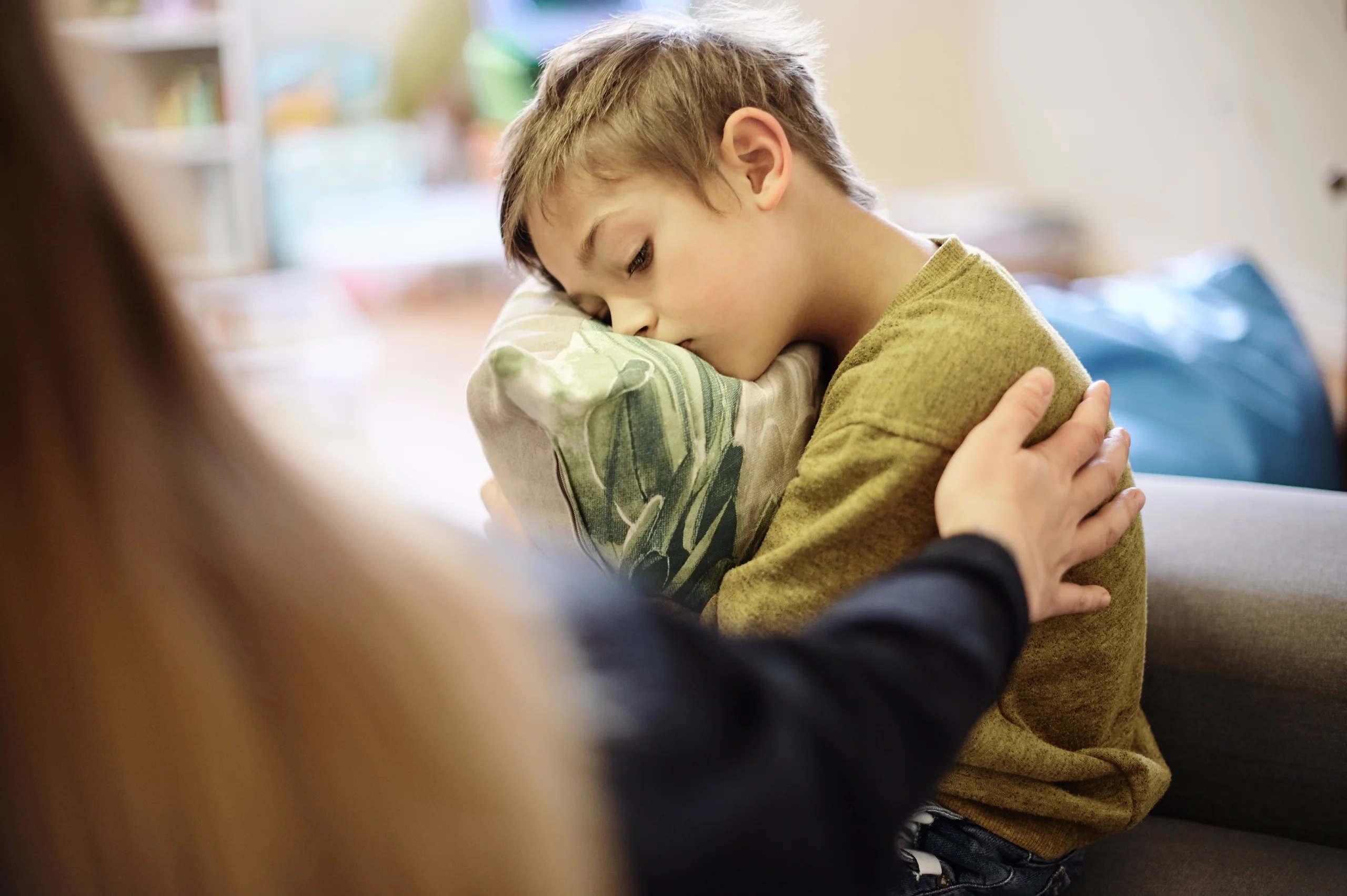Table of Contents
What Are Atypical Eating Disorders?
When people think about eating disorders, the first ones that often come to mind are anorexia nervosa and bulimia nervosa—two conditions that have been widely studied and discussed. However, there exists a spectrum of lesser-known eating disorders that don’t always fit the traditional mold, yet they are just as damaging, both physically and emotionally. These are known as atypical eating disorders, and they often go unnoticed because they don’t always present with extreme weight loss or the most recognizable symptoms. Conditions like orthorexia, avoidant/restrictive food intake disorder (ARFID), and binge eating disorder (BED) without weight gain affect thousands of individuals, many of whom struggle in silence because their symptoms don’t match mainstream perceptions of what an eating disorder should look like.
Orthorexia: The Obsession with Clean Eating
Orthorexia is an unhealthy fixation on eating only “clean” or “healthy” foods. Unlike anorexia, where the goal is often weight loss, orthorexia revolves around food purity, leading individuals to cut out entire food groups, feel intense guilt over eating something they deem unhealthy, and even experience social isolation due to their rigid eating rules. This obsessive behavior can result in malnutrition, anxiety, and severe stress around food choices.
ARFID: More Than Just Picky Eating
Meanwhile, ARFID is commonly misunderstood as mere picky eating. This condition involves an extreme aversion to certain foods, often due to sensory issues, past trauma, or fear of choking. Unlike other eating disorders, those with ARFID are not necessarily concerned with body image, yet they still suffer from severe nutritional deficiencies that can impact their overall health. Many children and adults with ARFID struggle to meet their body’s nutritional needs, leading to fatigue, weakened immunity, and difficulty maintaining energy levels.
These disorders, along with other lesser-known variations, create a silent epidemic—one that is just as serious but often overlooked.
How Atypical Eating Disorders Disrupt Daily Life
The impact of these disorders extends far beyond mealtimes. A person struggling with orthorexia, for example, may spend hours researching food ingredients, avoiding social events where they can’t control their meals, or experiencing severe anxiety if they eat something outside their strict regimen. Their relationship with food becomes exhausting, not a source of nourishment but a test of self-control, leading to increased stress and emotional distress.
The Social Consequences of Disordered Eating
Beyond the physical effects, the social implications of these disorders are profound. Imagine a teenager with ARFID who is unable to eat common foods like pizza or sandwiches at a birthday party. They might feel embarrassed, judged, or excluded from social experiences, reinforcing feelings of isolation. Likewise, an adult with orthorexia might refuse dinner invitations or avoid traveling to places where their food choices are limited, leading to strained relationships and loneliness.
The Role of Social Media in Normalizing Disordered Eating
In a culture where diet trends are constantly evolving and social media glorifies extreme “clean eating” habits, many individuals with atypical eating disorders find their struggles normalized rather than recognized as dangerous patterns requiring professional help. Influencers promoting restrictive diets or excessive food control can reinforce harmful behaviors in individuals already struggling with food-related anxiety.
Seeking Help for Lesser-Known Eating Disorders
One of the biggest barriers to recovery for those with atypical eating disorders is the lack of awareness—even among healthcare professionals. Many individuals don’t seek help because they don’t think they “qualify” for an eating disorder diagnosis, especially if they don’t have the stereotypical symptoms like drastic weight loss. However, disordered eating exists on a spectrum, and just because someone doesn’t fit the traditional definition of an eating disorder doesn’t mean they aren’t suffering.
The Importance of Professional Support
Recognizing the signs and acknowledging the emotional and physical toll of these disorders is the first step toward healing. Therapy, especially cognitive behavioral therapy (CBT) and exposure therapy, has been effective in helping individuals with orthorexia and ARFID reframe their thoughts around food. Support groups and online communities can also be powerful resources, offering a sense of validation and understanding that many sufferers lack in their personal lives. Additionally, working with dietitians who specialize in eating disorders can help individuals rebuild a balanced relationship with food without fear or guilt.
Recovery is Possible: Encouraging a Healthier Relationship with Food
If you or someone you know is struggling with an unhealthy relationship with food—whether it’s obsessing over ingredients, avoiding entire food groups, or feeling extreme anxiety around meals—know that help is available. Atypical eating disorders are just as serious as any other, and no one should have to battle them alone. The journey to recovery starts with awareness, compassion, and the understanding that food should be a source of nourishment and joy, not fear.
Breaking free from an eating disorder is not easy, but it is possible. With the right support system, professional help, and self-compassion, individuals can reclaim their health and happiness. Let’s break the silence around these hidden struggles and support those who need it most.










